The Maya Civilization - Masters of Time and Astronomy
Step into the world of the ancient Maya civilization, where time and astronomy were not just subjects of study but integral parts of their culture and society. The Maya were true masters of timekeeping and astronomy, their knowledge and understanding of celestial bodies and cycles were unparalleled in their time.
Through intricate and accurate calendar systems, the Maya showcased their advanced understanding of time. The Long Count, Tzolk'in, and Haab calendars were not mere tools for scheduling events but intricate systems that governed their daily lives, religious ceremonies, and agricultural practices.
As you delve deeper into the Maya's world, you will uncover their awe-inspiring astronomical observatories. Places like El Caracol in Chichen Itza served as hubs of scientific discovery, allowing the Maya to track celestial events with remarkable precision and predict astronomical phenomena with astounding accuracy.
But the Maya's fascination with the skies went beyond scientific observations. Their cosmological beliefs and mythology were intricately intertwined with their astronomical pursuits, shaping their understanding of the universe and their place within it. The stars and planets were not just distant objects but divine beings guiding their destinies.
One of the most fascinating aspects of Maya culture is the connection between sacred rituals and astronomy. Celestial events influenced the timing of religious ceremonies and societal events, highlighting the profound impact of the cosmos on their daily lives.
Marvel at the intentional stellar alignments in Maya architecture, where structures like those at Tikal and Palenque were built in harmony with the stars. These architectural marvels not only showcased the Maya's engineering skills but also their deep astronomical knowledge embedded in every stone and carving.
As you explore the various astronomical artifacts left behind by the Maya, such as the Dresden Codex, you will gain insights into their complex astronomical calculations and observations. These artifacts serve as windows into the past, allowing us to glimpse the depth of their astronomical knowledge.
However, the decline of Maya astronomy was inevitable, marked by the collapse of their civilization and the suppression of their knowledge by Spanish conquistadors. Despite this dark chapter in their history, the legacy of Maya astronomy lives on, inspiring modern scholars to continue studying and appreciating the remarkable achievements of this ancient civilization.
Join us on a journey through time and space as we unravel the mysteries of the Maya civilization, where time and astronomy were not just sciences but pathways to understanding the cosmos and our place within it.

Maya Calendar Systems
Explore the ancient Maya civilization's profound knowledge of timekeeping and astronomy, showcasing their remarkable achievements and understanding of celestial bodies and cycles.
The Maya civilization developed intricate and accurate calendar systems that played a crucial role in their society. Among these calendars were the Long Count, Tzolk'in, and Haab calendars. The Long Count calendar was used for tracking longer periods of time, while the Tzolk'in and Haab calendars were essential for tracking religious ceremonies, agricultural cycles, and celestial events.
The Tzolk'in calendar consisted of 260 days, with each day represented by a unique combination of a number and a day sign. This calendar was used for divination and determining auspicious days for various activities. On the other hand, the Haab calendar was a 365-day solar calendar divided into 18 months of 20 days each, with an additional five-day month at the end. The combination of these calendars provided the Maya with a sophisticated timekeeping system that aligned with astronomical events.
These calendar systems reflect the Maya's deep understanding of time and the interconnectedness of celestial phenomena with their daily lives. The precision and complexity of these calendars demonstrate the Maya's advanced knowledge in astronomy and mathematics, setting them apart as masters of timekeeping in the ancient world.

Astronomical Observatories
Explore the ancient Maya civilization's profound knowledge of timekeeping and astronomy, showcasing their remarkable achievements and understanding of celestial bodies and cycles.
The Maya's advanced astronomical observatories, such as El Caracol in Chichen Itza, were architectural marvels designed with precision to track celestial events. These observatories allowed the Maya to study the movements of the sun, moon, and stars with incredible accuracy. By aligning their structures with specific celestial events, the Maya demonstrated their deep understanding of astronomy and its connection to their daily lives.
One of the most fascinating aspects of Maya astronomical observatories is their ability to predict celestial phenomena, such as solstices and equinoxes, which were crucial for agricultural planning and religious ceremonies. Through careful observation and recording of celestial movements, the Maya developed a sophisticated calendar system that guided their society and rituals.
El Caracol, with its unique round shape and strategically placed windows, allowed the Maya to track the movements of Venus, an important celestial body in their cosmology. By studying Venus's cycles, the Maya could predict significant events and make decisions that influenced their agricultural practices and societal structure.
The intricate knowledge and precise observations conducted at Maya astronomical observatories reflect the civilization's deep connection to the cosmos and their belief in the interconnectedness of all things. These observatories stand as a testament to the Maya's intellectual and spiritual pursuits, showcasing their mastery of time and astronomy.
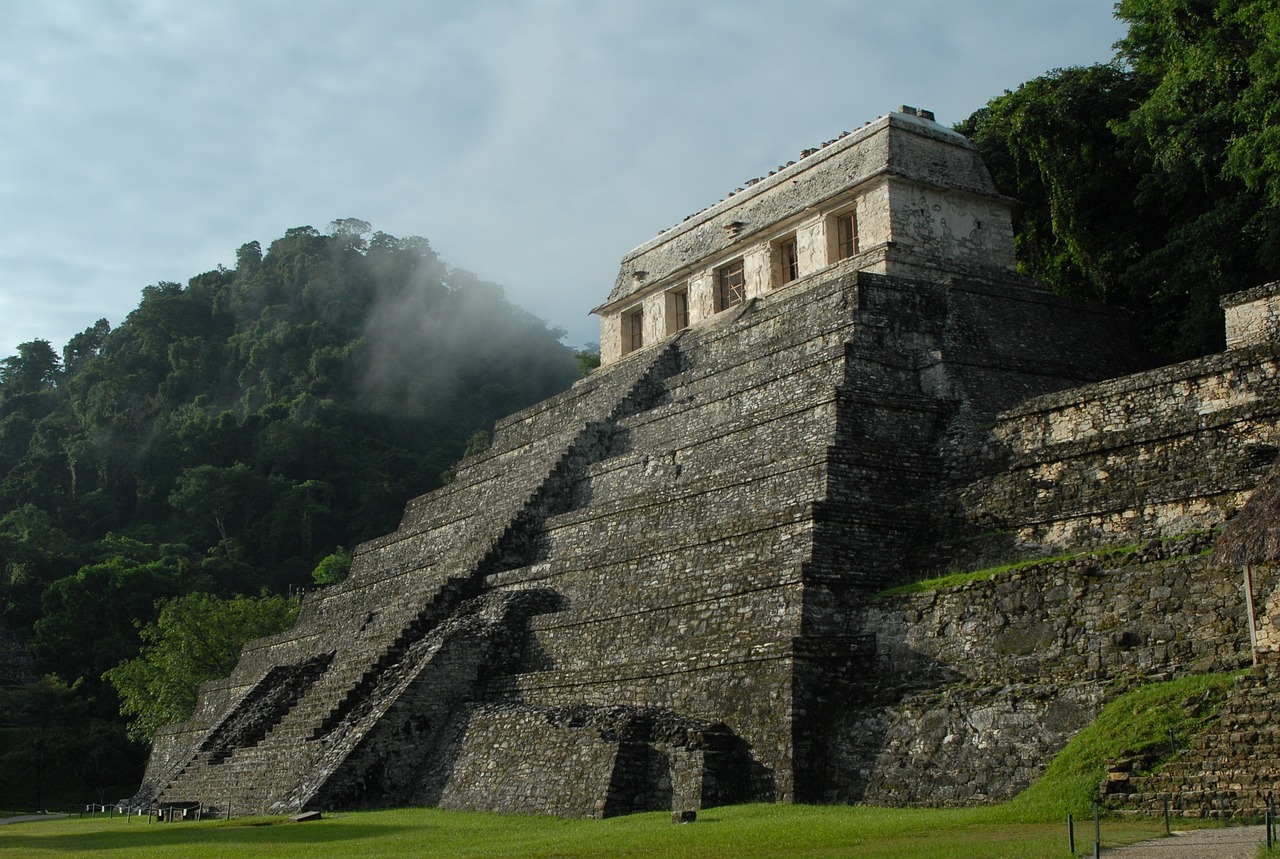
Cosmology and Mythology
Exploring the ancient Maya civilization unveils a world where timekeeping and astronomy were not just sciences but integral parts of their culture and daily life. The Maya's profound knowledge of celestial bodies and cycles set them apart as masters of time and astronomy.
Delving into the intricate calendar systems developed by the Maya reveals a sophisticated understanding of time. The Long Count, Tzolk'in, and Haab calendars were not mere tools but pillars of their society, guiding everything from agricultural cycles to religious ceremonies.
At the heart of Maya civilization were advanced astronomical observatories like El Caracol in Chichen Itza. These structures were not just buildings but precision instruments used to track celestial events with astounding accuracy, reflecting the Maya's deep connection to the cosmos.
Exploring the Maya's cosmological beliefs and mythology unveils a rich tapestry where the celestial and the divine intertwined. Their intricate cosmology shaped by astronomical observations painted a vivid picture of the universe, where gods and celestial bodies danced in a cosmic ballet.
The Maya's sacred rituals were not isolated events but intricately linked to celestial occurrences. The movements of the stars and planets influenced religious practices and societal events, showcasing how astronomy was woven into the fabric of their culture.
Unveiling the intentional stellar alignments in Maya architecture reveals a civilization that blended art and science seamlessly. Sites like Tikal and Palenque showcase not just architectural prowess but a deep understanding of celestial movements, where buildings mirrored the stars above.
Examining the astronomical artifacts left behind by the Maya, such as the Dresden Codex, provides a glimpse into their intricate astronomical calculations and observations. These artifacts serve as windows into a world where the heavens were not just observed but understood.
Investigating the factors that led to the decline of Maya astronomy sheds light on the challenges faced by this once-great civilization. The collapse of their society and the suppression of their knowledge by Spanish conquistadors marked the end of an era where the stars guided their path.
Reflecting on the enduring legacy of Maya astronomy reminds us of the resilience of knowledge. Despite the passage of time, modern scholars continue to study and appreciate the remarkable achievements of this ancient civilization, keeping their astronomical wisdom alive.
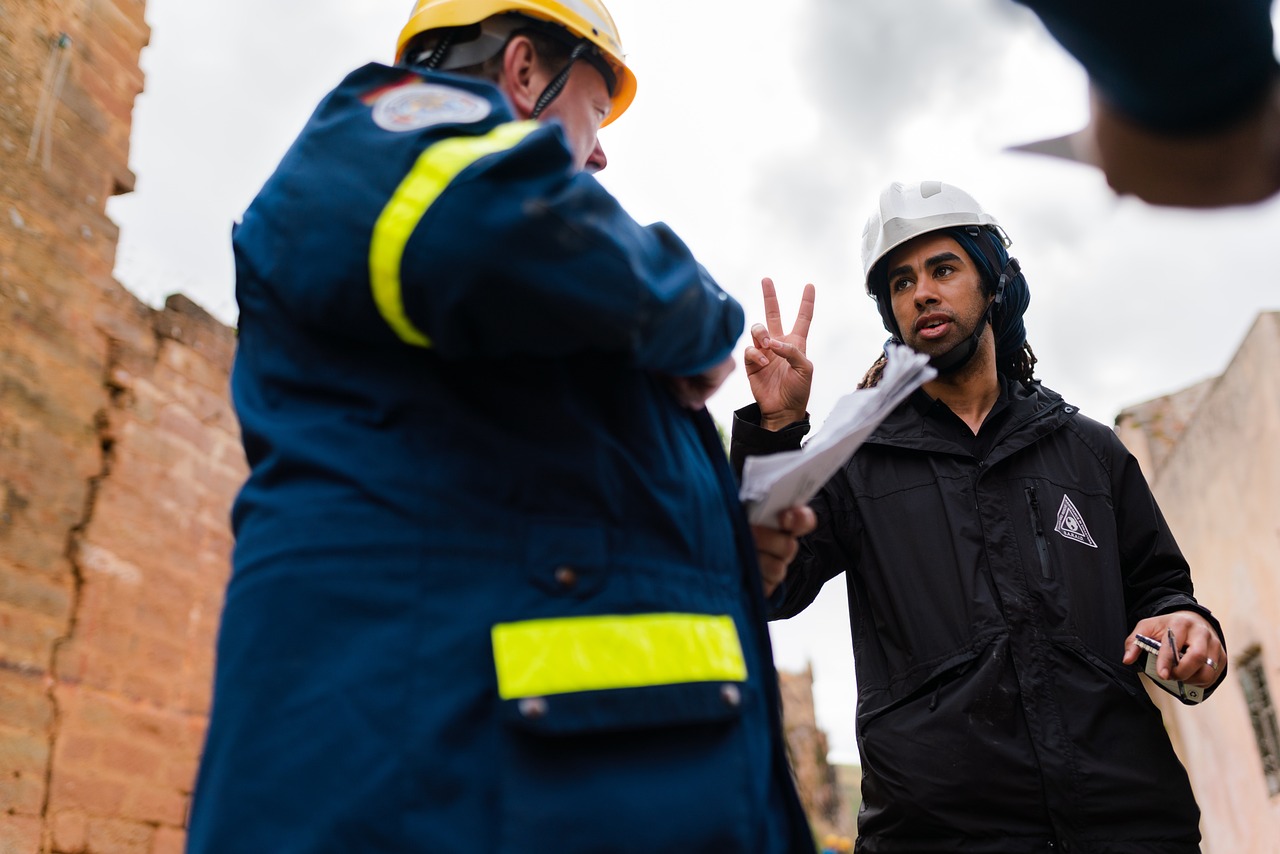
Sacred Rituals and Astronomy
Sacred rituals held significant importance in the Maya civilization, intricately intertwined with their advanced understanding of astronomy. The Maya believed that celestial events, such as solstices and equinoxes, directly influenced their religious practices and societal events. These rituals were not merely ceremonial but were deeply rooted in the alignment of celestial bodies and the cycles of the cosmos. By closely observing the movements of the stars, planets, and the sun, the Maya priests could predict auspicious times for rituals, agricultural activities, and governance decisions.
One of the most notable sacred rituals conducted by the Maya was the performance of bloodletting ceremonies, where individuals, often royalty or priests, would offer their blood as a sacred sacrifice. These ceremonies were meticulously timed based on astronomical observations, symbolizing the connection between the human body, the cosmos, and the divine. The Maya believed that through these rituals, they could maintain harmony with the celestial forces and ensure the continuity of life and prosperity.
Moreover, the Maya built their temples and pyramids in alignment with celestial events, creating sacred spaces that mirrored the movements of the stars and planets. The positioning of these architectural marvels was not arbitrary but carefully designed to capture specific astronomical alignments during significant times of the year. By incorporating astronomy into their sacred architecture, the Maya sought to bridge the gap between the earthly realm and the celestial realm, embodying their belief in the interconnectedness of all things.
Through their sacred rituals and profound understanding of astronomy, the Maya civilization demonstrated a holistic approach to life, where the physical, spiritual, and cosmic realms were intricately interconnected. The legacy of their rituals and astronomical practices continues to fascinate and inspire scholars and enthusiasts alike, shedding light on the enduring wisdom of this ancient civilization.
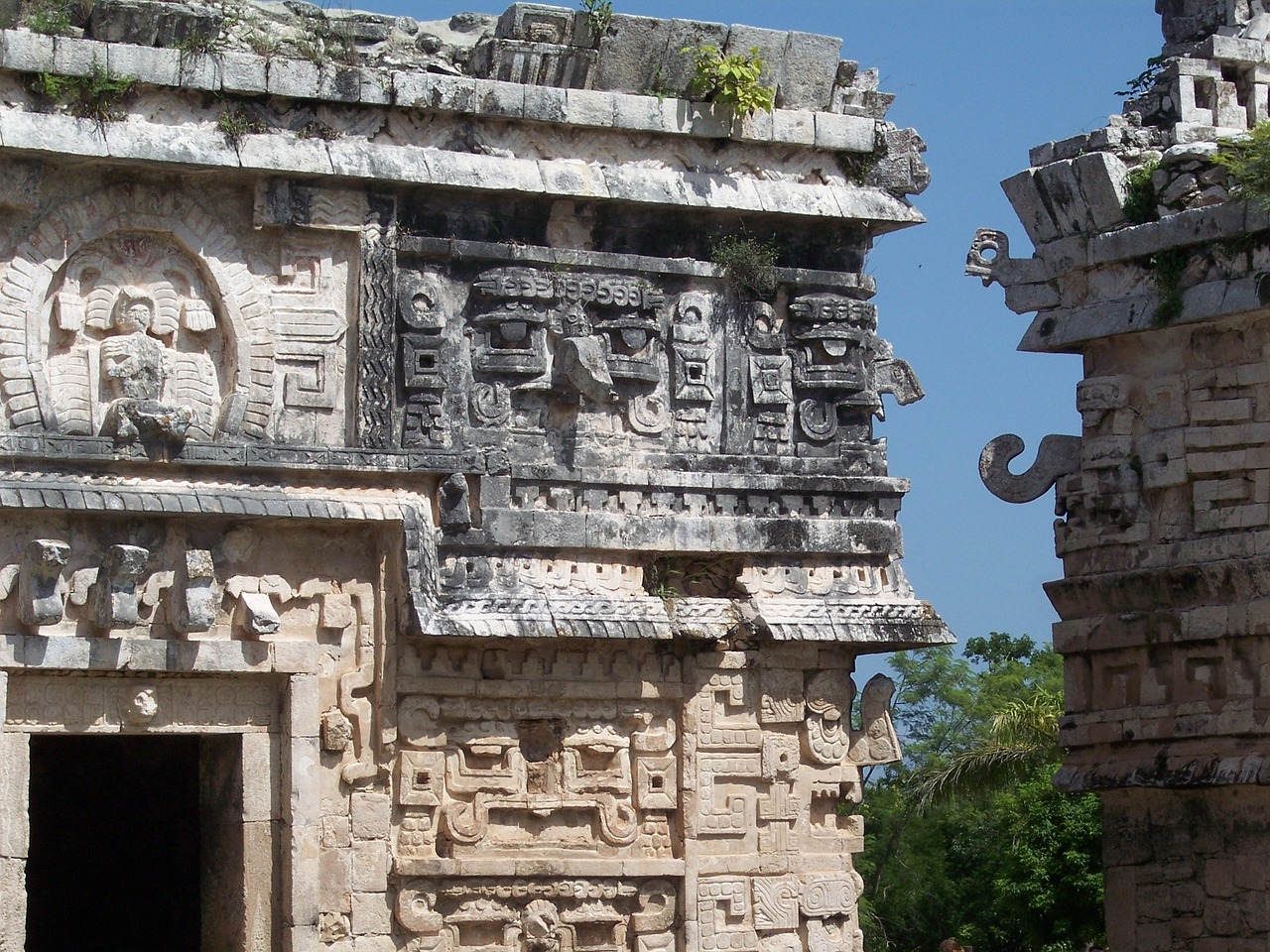
Stellar Alignments in Architecture
When exploring the architectural marvels of the ancient Maya civilization, one cannot overlook the fascinating concept of stellar alignments. The Maya exhibited a profound understanding of astronomy, which is evident in the intentional alignment of their structures with celestial bodies. These alignments were not mere coincidences but deliberate placements that reflected the Maya's deep connection to the cosmos.
At sites like Tikal and Palenque, the Maya constructed temples and pyramids in such a way that they aligned with specific stars or constellations. These alignments served both practical and symbolic purposes, showcasing the Maya's architectural ingenuity and spiritual beliefs. Imagine standing in the heart of a Maya city, looking up at a towering pyramid perfectly aligned with the path of Venus or the rising sun, a testament to the precision and knowledge of these ancient builders.
Through these stellar alignments, the Maya not only honored celestial bodies but also integrated them into their daily lives and religious practices. The alignment of structures with astronomical events likely played a role in important ceremonies and rituals, emphasizing the interconnectedness of the physical and spiritual worlds in Maya culture. It was a way for the Maya to pay homage to the heavens and seek guidance from the stars in their earthly endeavors.
Furthermore, the presence of stellar alignments in Maya architecture highlights the civilization's dedication to understanding the cosmos and its influence on human affairs. It was a visual representation of the Maya's belief that their actions on Earth were intricately linked to the movements of the stars above. By aligning their structures with celestial phenomena, the Maya sought to establish harmony between the celestial and terrestrial realms, embodying a holistic worldview that permeated every aspect of their society.
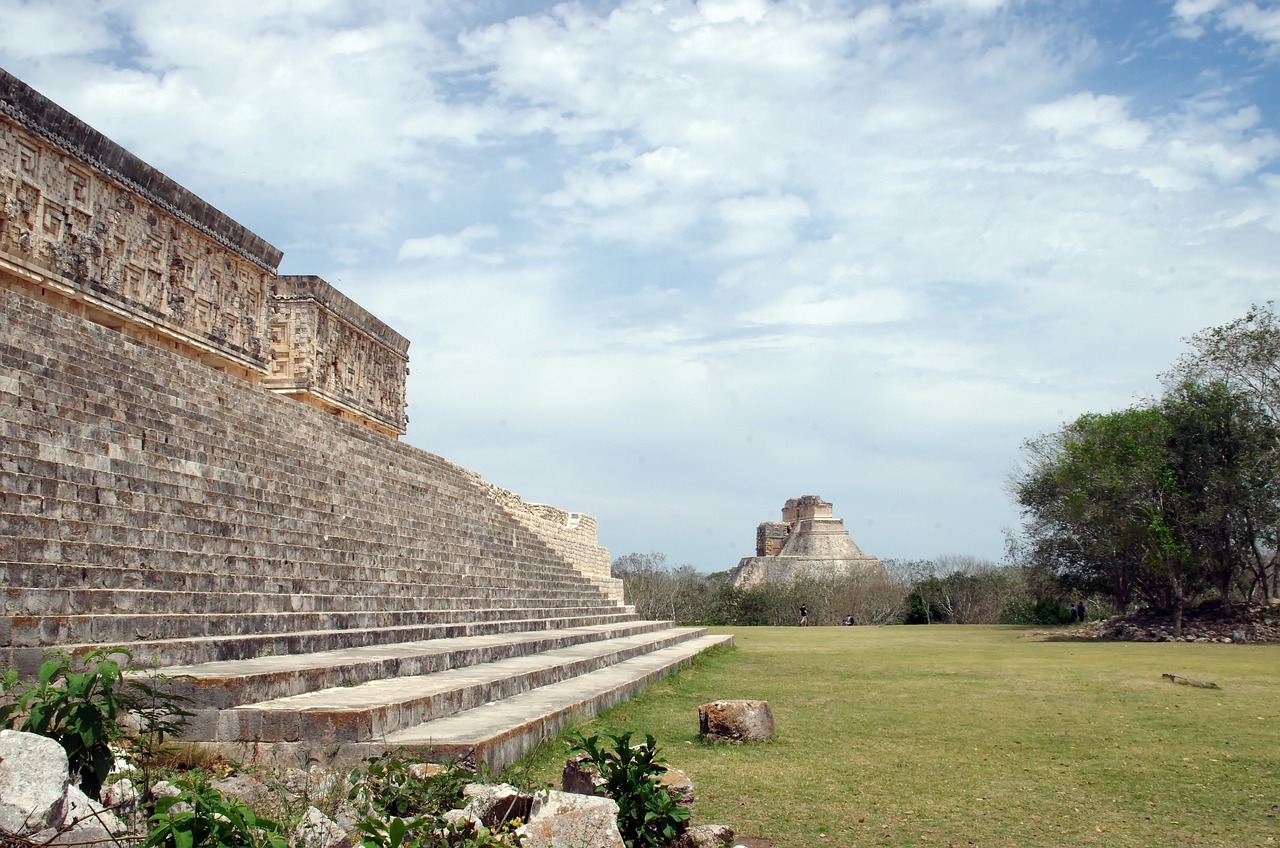
Astronomical Artifacts
When exploring the realm of Maya astronomy, one cannot overlook the invaluable insights provided by the astronomical artifacts left behind by this ancient civilization. Among these artifacts, the Dresden Codex stands out as a significant source of knowledge, offering a glimpse into the Maya's sophisticated astronomical calculations and observations. This ancient manuscript, named after the city where it was ultimately housed, contains a wealth of information on celestial events, planetary movements, and eclipse predictions, showcasing the depth of the Maya's astronomical expertise.
Moreover, the intricate hieroglyphic texts and detailed illustrations found within the Dresden Codex not only reveal the Maya's meticulous record-keeping practices but also highlight their reverence for the celestial realm. Through careful analysis of this codex and other astronomical artifacts, modern scholars have been able to unravel the complexities of Maya astronomy, gaining a deeper understanding of how this ancient civilization perceived and interacted with the cosmos.
Furthermore, the presence of astronomical motifs in various Maya artifacts, such as pottery, sculptures, and architectural elements, underscores the pervasive influence of astronomy in Maya society. These artifacts not only serve as tangible remnants of the Maya's astronomical knowledge but also reflect the integration of celestial symbolism into their artistic and cultural expressions. By studying these artifacts, researchers can piece together the intricate relationship between Maya astronomy, mythology, and daily life, shedding light on the profound impact of celestial phenomena on Maya civilization.
In essence, the astronomical artifacts left behind by the Maya serve as windows into a world where time, space, and the divine intertwined in a complex tapestry of belief and observation. Through these artifacts, we not only glimpse the remarkable achievements of the Maya in the realm of astronomy but also gain a deeper appreciation for the enduring legacy of this ancient civilization's pursuit of cosmic understanding.
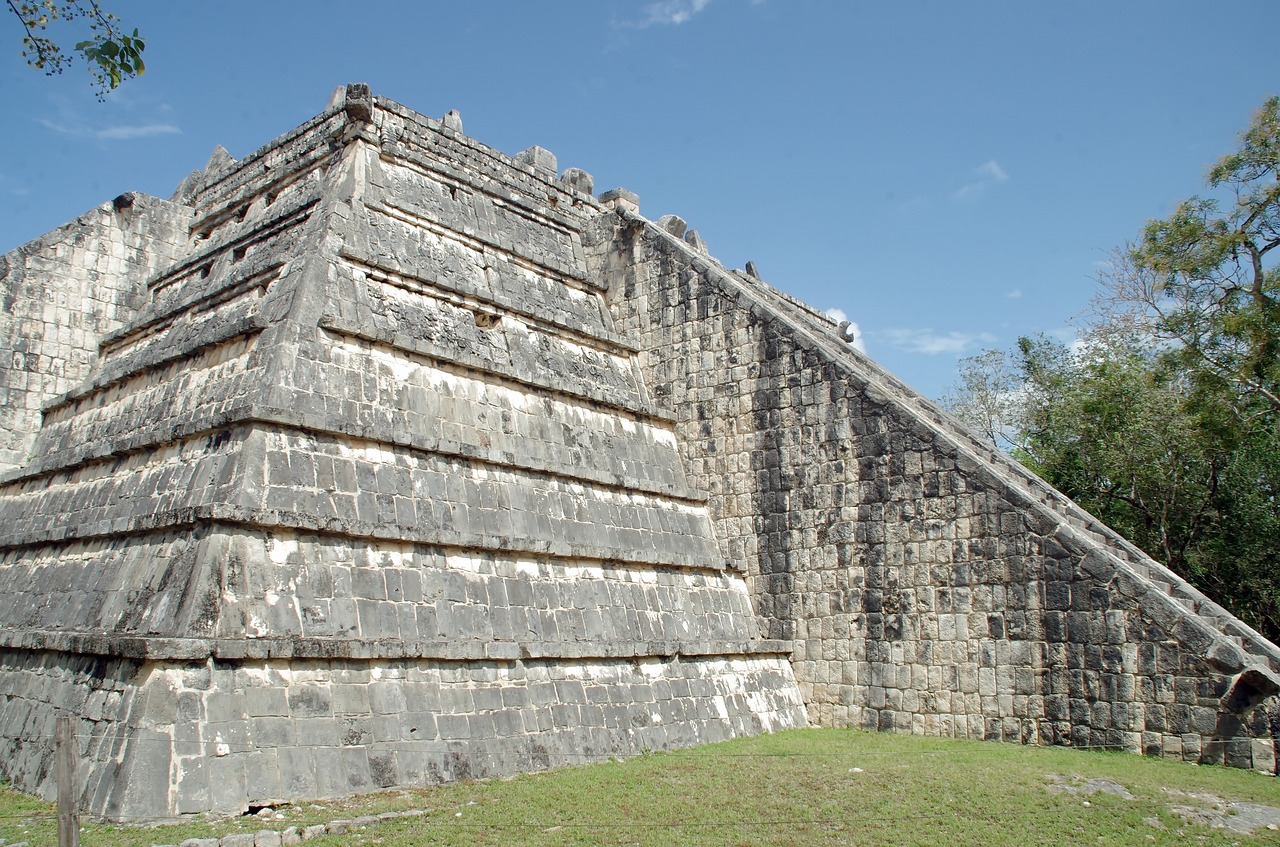
Decline of Maya Astronomy
As we delve into the intriguing history of the Maya civilization, we inevitably encounter the somber chapter of the decline of Maya astronomy. This decline was not a sudden event but rather a gradual process influenced by various factors that ultimately led to the fading of their once vibrant astronomical practices.
One significant factor contributing to the decline of Maya astronomy was the collapse of their civilization. As political unrest, environmental challenges, and social upheaval plagued the Maya society, the focus shifted from celestial observations to more immediate concerns for survival. The intricate knowledge of the stars and celestial cycles began to lose its prominence amidst the turmoil of the declining civilization.
Furthermore, with the arrival of Spanish conquistadors in the 16th century, the suppression of Maya knowledge and traditions dealt a severe blow to their astronomical pursuits. The Spanish colonization brought with it the imposition of new beliefs and the destruction of indigenous practices, including the rich tradition of Maya astronomy.
Additionally, the loss of key astronomical texts and artifacts due to the ravages of time and conquest further contributed to the decline of Maya astronomy. The destruction of codices and observatories, coupled with the dispersal of knowledgeable individuals, resulted in a significant gap in the transmission of astronomical wisdom within Maya society.
Despite these challenges and setbacks, the legacy of Maya astronomy perseveres through the efforts of modern scholars and researchers. By piecing together fragments of knowledge from surviving texts and archaeological discoveries, contemporary experts continue to unravel the mysteries of Maya astronomy, shedding light on the remarkable achievements of this ancient civilization.
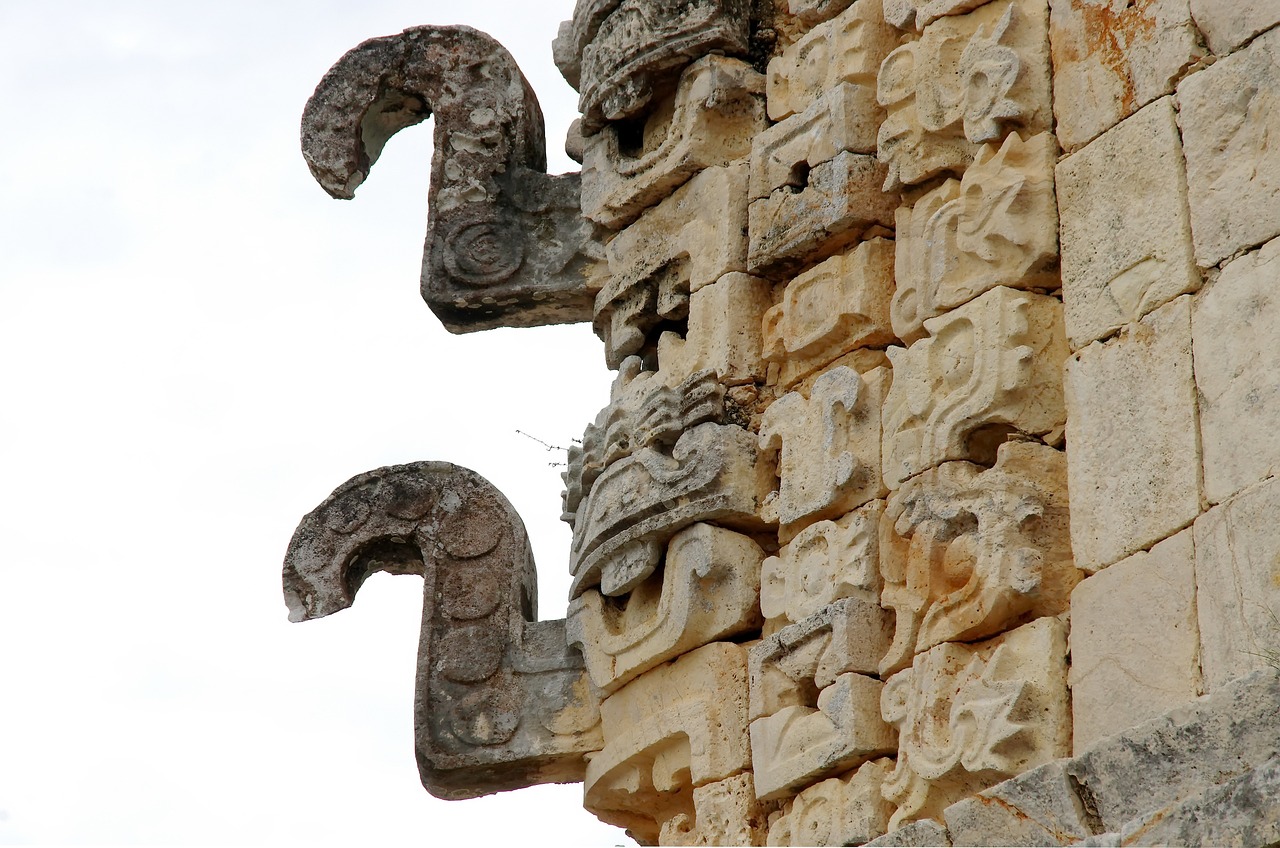
Legacy of Maya Astronomy
The legacy of Maya astronomy continues to captivate modern scholars and enthusiasts alike, showcasing the enduring impact of this ancient civilization's astronomical achievements. Through their meticulous observations and sophisticated calendar systems, the Maya left a lasting legacy that transcends time and space. Their intricate understanding of celestial bodies and cycles not only shaped their society and religious beliefs but also paved the way for future astronomical studies.
One of the most remarkable aspects of the Maya's astronomical legacy is their ability to accurately predict celestial events such as eclipses and planetary movements. This precision in their astronomical calculations is evident in the alignment of their temples and pyramids with key astronomical phenomena, highlighting their advanced knowledge of the cosmos. The Maya's reverence for the stars and planets is reflected in their art, architecture, and sacred rituals, emphasizing the integral role that astronomy played in their culture.
Despite the decline of the Maya civilization and the suppression of their knowledge by Spanish conquistadors, the legacy of Maya astronomy endures through the preservation of ancient texts and artifacts. The Dresden Codex, a surviving Mayan manuscript, provides valuable insights into their astronomical observations and calculations, allowing modern researchers to unravel the mysteries of Maya astronomy.
Today, the study of Maya astronomy continues to shed light on the ingenuity and sophistication of this ancient civilization, inspiring awe and admiration for their astronomical achievements. As we delve deeper into the legacy of Maya astronomy, we gain a greater appreciation for the interconnectedness of time, space, and human civilization, bridging the gap between the past and the present.
Frequently Asked Questions
- What were the main calendar systems used by the Maya civilization?
The Maya civilization utilized several calendar systems, including the Long Count, Tzolk'in, and Haab calendars. These intricate systems allowed them to track time accurately and coordinate various societal activities.
- How did the Maya use astronomical observatories in their society?
The Maya constructed advanced astronomical observatories, such as El Caracol in Chichen Itza, to observe and track celestial events with precision. These observatories played a crucial role in their religious practices, agricultural activities, and societal events.
- What is the significance of stellar alignments in Maya architecture?
Stellar alignments in Maya architecture, found at sites like Tikal and Palenque, demonstrate the Maya's deep understanding of astronomy and their ability to integrate celestial knowledge into their architectural designs. These alignments were often linked to religious beliefs and rituals.
- Why did Maya astronomy decline over time?
The decline of Maya astronomy can be attributed to various factors, including the collapse of their civilization, the arrival of Spanish conquistadors who suppressed indigenous knowledge, and the disruption of traditional practices and beliefs.
- What is the legacy of Maya astronomy in modern times?
The legacy of Maya astronomy continues to inspire modern scholars and researchers who study the remarkable achievements of this ancient civilization. Their astronomical knowledge and observations have left a lasting impact on our understanding of the universe.



















